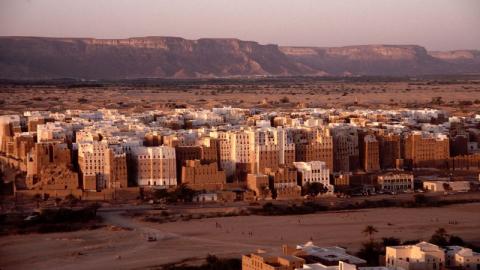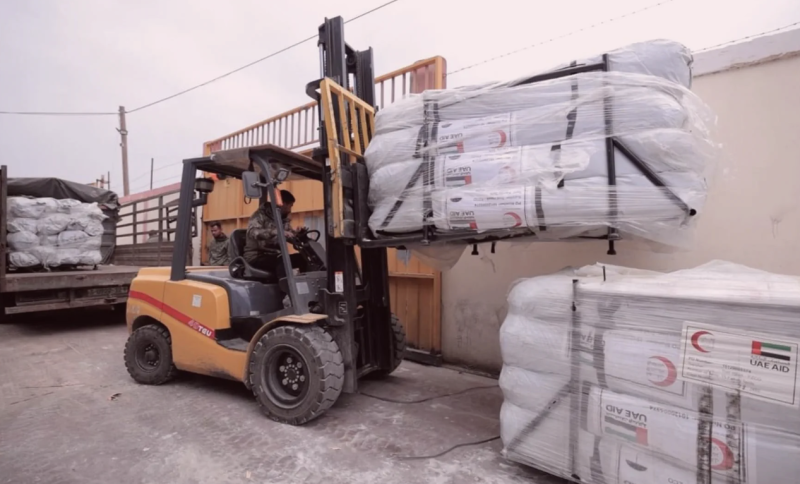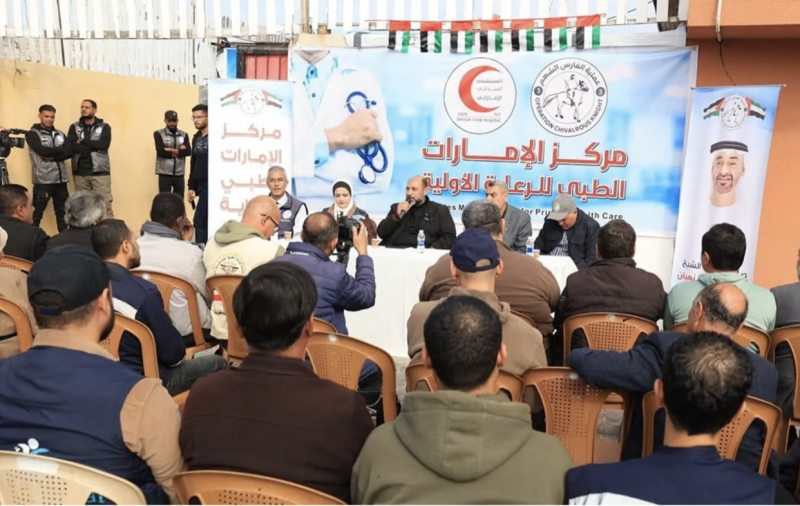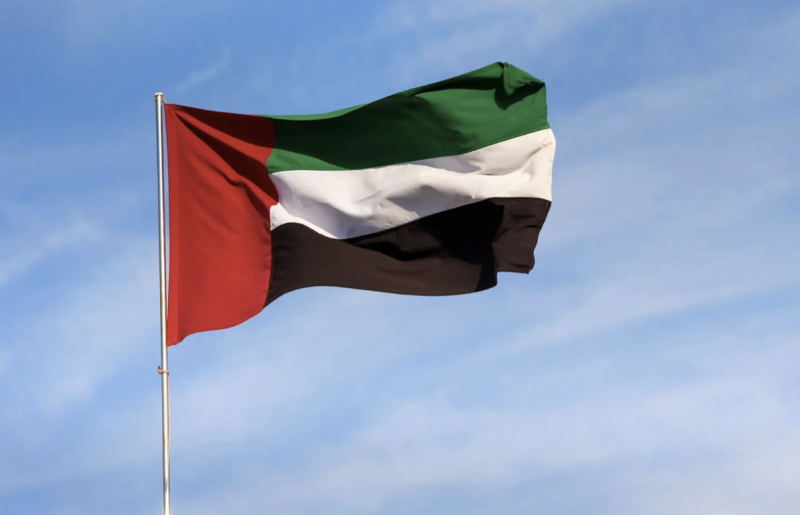Yemen’s strategic Hajour district: A forgotten battlefront


While the UN envoy to Yemen, along with members of the international community, were in Stockholm celebrating the signing of the peace agreement between the Yemeni government and the Houthis regarding the port of Hodeidah, a new conflict was unfolding in a different part of Yemen.
In the Hajour district, almost 105 civilians had been killed due to the constant Houthi shelling, but international media had ignored this strategic area, which was also one of the main battlefronts in the country.
In December last year, the Houthis had their eyes on the Hajour district, located in the northern Yemen province of Hajjah. After benefiting from the ceasefire in Hodeidah, the Houthis began to deploy their forces toward Hajour.
The Hajour tribes had fought the Houthis in 2012 and 2013, when they clashed with infamous Houthi leader Yousif Al-Madani, but since then, they had abided by an agreement that ensured a cessation of hostilities, in exchange for the Houthis not to send any armed groups to the area. Even after the intervention of the Arab-led coalition in March 2015, they had managed to remain out of the conflict. However, by the end of December 2018, this was about to change.
The Houthis had been unable to secure the main road connecting the Amran province to the coast because the road passes through Hajour. If, however, the Houthis were to send any reinforcements, it would violate the agreement, even though the latest military developments in the Hajjah province made Hajour strategically important.
As Yemeni government forces began taking control of the coastal part of Hajjah, the Houthis saw the Hajour mountains as a location that would give them a military advantage.
Hajour is a mountainous area that is 2,500 meters above sea level and the surrounding terrain create a natural fortress against attacking forces.
Raveling events
As part of their offense strategy, the Houthis supported uninfluential, small-time local tribe leaders in a bid to buy their loyalty, including Khaled Al-Qadhi.
They supported him with fighters, weapons, and money, and started to position themselves inside Hajour, as well as set up new checkpoints. It was initially expected that the Houthis would swiftly take control of the area, as they had stronger military capabilities than the tribes. However, they faced fierce resistance.
Local tribal leaders tried to intervene and mediate to end the fighting, but their attempts failed after the Houthis sent their top military commander, Abu Ali Al-Hakem, to storm the district by force. By the end of January, the situation reached a breaking point. The Houthis were determined to enter the area by force at any cost, to discourage other local tribes from revolting against them.
On February 10, the Houthis launched an offensive, using heavy artillery and a large number of fighters, who tried to enter the area through the Al-Shahi and Al-Sharfani mountains. They faced strong resistance from Hajour tribes, who managed to push them back. The following day, the coalition intervened for the first time, after the Houthis sent armored vehicles and tanks to Hajour. Two armored vehicles were destroyed, and the tribes managed to take over a neighboring village called Al-Qiam, which shifted the tribes’ position from defense to offense. However, they did not push any further in order to avoid losing their strategic advantage.
As a result, on February 15, the Houthis heavily shelled the Al-Jarrah and Al-Za’alah mountains and succeeded in bringing reinforcements from the capital Sanaa. The attack resulted in the death of a known tribal leader, Ahmed Abdu Hulais.
The Houthis targeted public tribal figures in Hajour, and although Hulais himself was not a top leader, he was considered a prominent public figure in the area. This was especially due to the fact that since the beginning of the conflict in Yemen, several tribal leaders fled, and Hulais acted as a mediator with the Houthis to try to end the fighting in Hajour.
The following day, the Houthis opened a new front from the South of Hajour, which also faced heavy resistance. The coalition intervened again by striking Houthi positions. However, the fighting resulted in the displacement of a large number of people from the villages of Bani Shurayah and Bani Rassam. With the district surrounded, the displaced moved to other locations within Hajour.
After the Houthis failed to enter the area, they imposed a tight siege, preventing food, medicine, and even water from going in. A local source told Al Arabiya English that the Houthis had prevented food trucks from reaching Hajour more than 15 times, and prevented the entry of water trucks over 25 times. Before the fighting, food and water trucks would enter the area daily.
Almost 105 civilians have been killed so far, according to a medical source from inside the area. There is also an increasing demand for medicine and medical supplies needed to treat those injured by the constant Houthi shelling.
AFP.

Abu Dhabi -- The UAE’s humanitarian Operation Chivalrous Knight 3 continues to implement urgent relief interventions in the Gaza Strip in res…

Abu Dhabi -- The UAE has inaugurated the Emirates Medical Centre in Khan Younis, south of the Gaza Strip, as part of the Operation Chivalrous Knigh…

Abu Dhabi -- The United Arab Emirates has condemned the shooting incident that occurred at Brown University in the state of Rhode Island, which res…